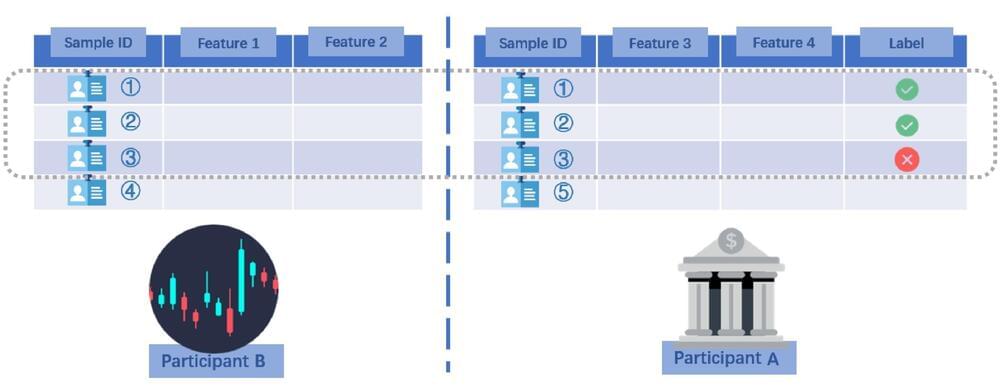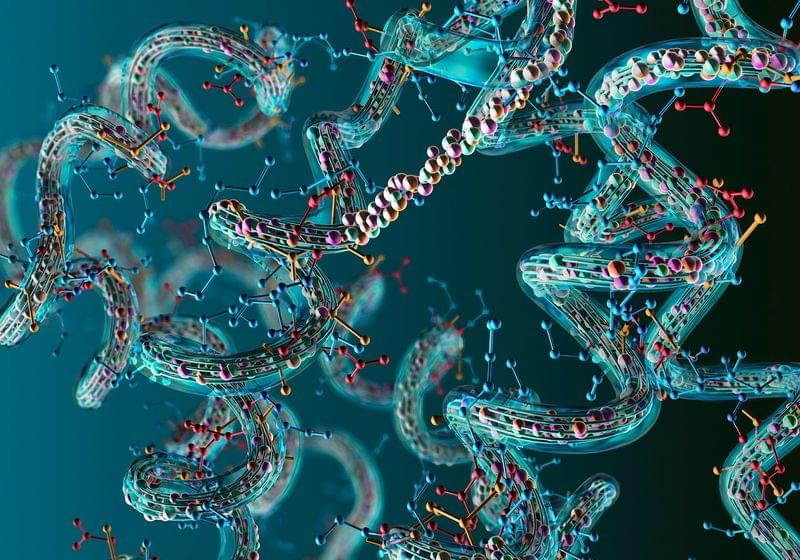Robots are all around us, from drones filming videos in the sky to serving food in restaurants and diffusing bombs in emergencies. Slowly but surely, robots are improving the quality of human life by augmenting our abilities, freeing up time, and enhancing our personal safety and well-being. While existing robots are becoming more proficient with simple tasks, handling more complex requests will require more development in both mobility and intelligence.
Columbia Engineering and Toyota Research Institute computer scientists are delving into psychology, physics, and geometry to create algorithms so that robots can adapt to their surroundings and learn how to do things independently. This work is vital to enabling robots to address new challenges stemming from an aging society and provide better support, especially for seniors and people with disabilities.
A longstanding challenge in computer vision is object permanence, a well-known concept in psychology that involves understanding that the existence of an object is separate from whether it is visible at any moment. It is fundamental for robots to understand our ever-changing, dynamic world. But most applications in computer vision ignore occlusions entirely and tend to lose track of objects that become temporarily hidden from view.




